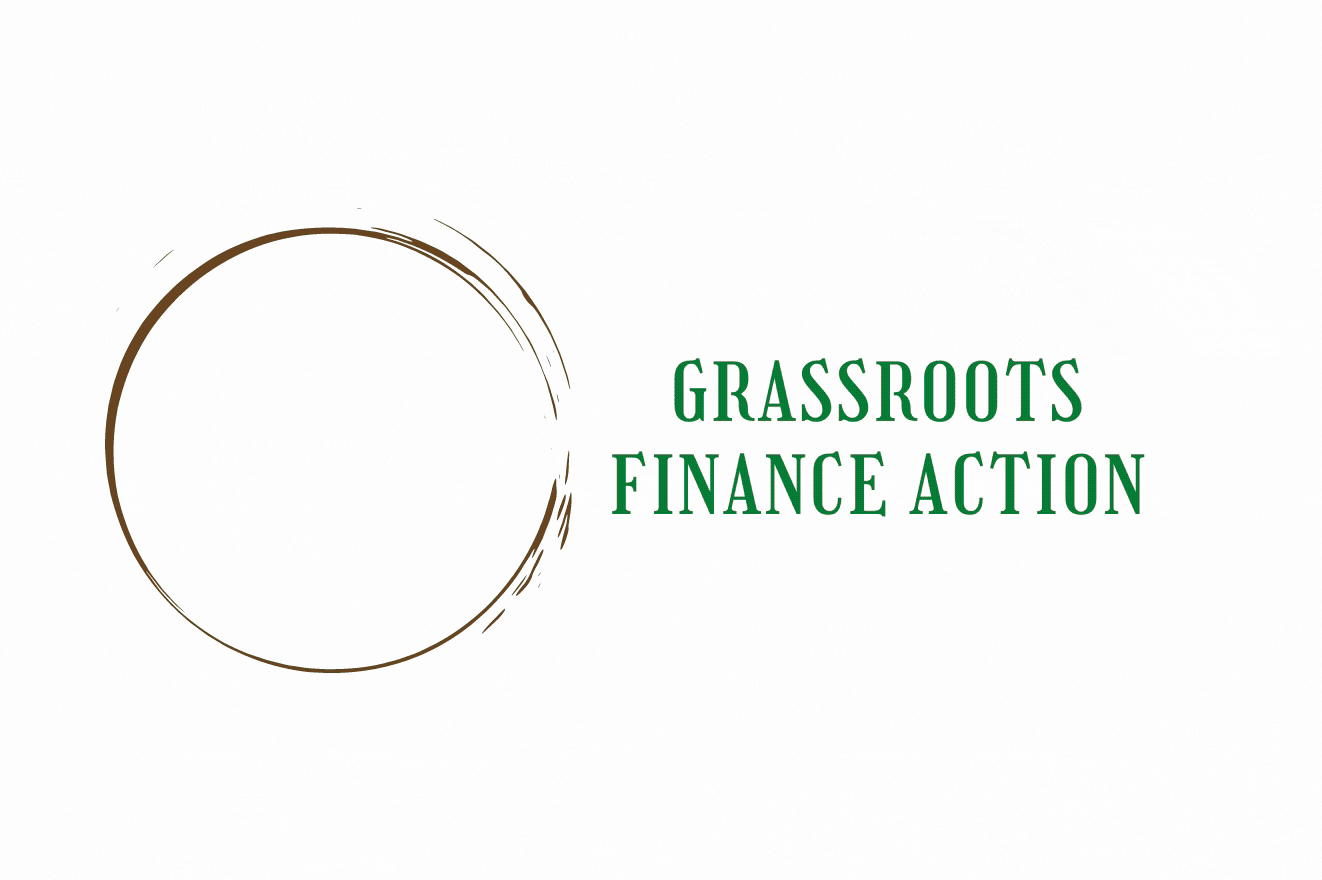

Savings groups tap into the vast, underutilized potential of smart people to solve their own problems.
-
Savings groups are a robust, simple, game-changing financial innovation that reaches the village poor by turning banking on its head. Instead of attempting to extend the reach of financial institutions that cannot profitably reach the poor, small groups of community members are trained to manage their own mini- financial institutions. Members save what they can weekly in a communal pot and loan their growing funds to members. Annually, timed for when money is scarcest, the pot is divided according to how much each member saved plus each mem- ber’s share of the interest. Every cent saved over the cycle plus interest is returned to the members.
-
• Start small to learn, but plan for scale—if there are thousands of communities, what will have been achieved if only a few are reached?
• Simple is better than complex.
• Build on what is already in place and already widely understood.
• Design for change that persists long after outside agents leave and that spreads from village to village without outside staff.
• Keep costs low: resources are scarce and the scale of poverty is vast.
• Give nothing away: if what is introduced depends on a free handout, it will not spread.
• Insist on local control: if local community members are in charge, new development initiatives will last.
• Establish high performance standards and insist on meeting them.
• Build learning and innovation into program design: it is impossible to get it right the first time.
-
[Jeff Ashe ]built from what [he] learned in Nepal, and later in India and Zimbabwe, to launch and lead the Oxfam America/Freedom from Hun- ger Saving for Change initiative that has, since 2005, trained and supported savings groups with 650,000 women members in thousands of villages across Mali, Senegal, Cambodia, El Salvador, and Guatemala.
Grassroot Microfinance in Mali
Eight years later, nearly 450,000 women had joined Saving for Change groups in Mali, in addition to the 143,000 villagers in Mali who had joined similar projects sponsored by CARE, the 40,000 who were part of Plan International projects, and the 30,000 who had joined groups trained by CRS. By early 2014, a total of 695,589 savings group members were trained in Mali among the four organizations.
To put this in perspective, this figure is larger than the entire population of Boston, and it puts savings group membership in Mali into the top ranks of microfinance outreach worldwide—this was financial inclusion without financial institutions.
We need your support
A savings-based approach will become increasingly necessary as the poorest countries and poorest regions cope with increasing challenges of climate change, scarce and depleted land, and endemic conflict.









